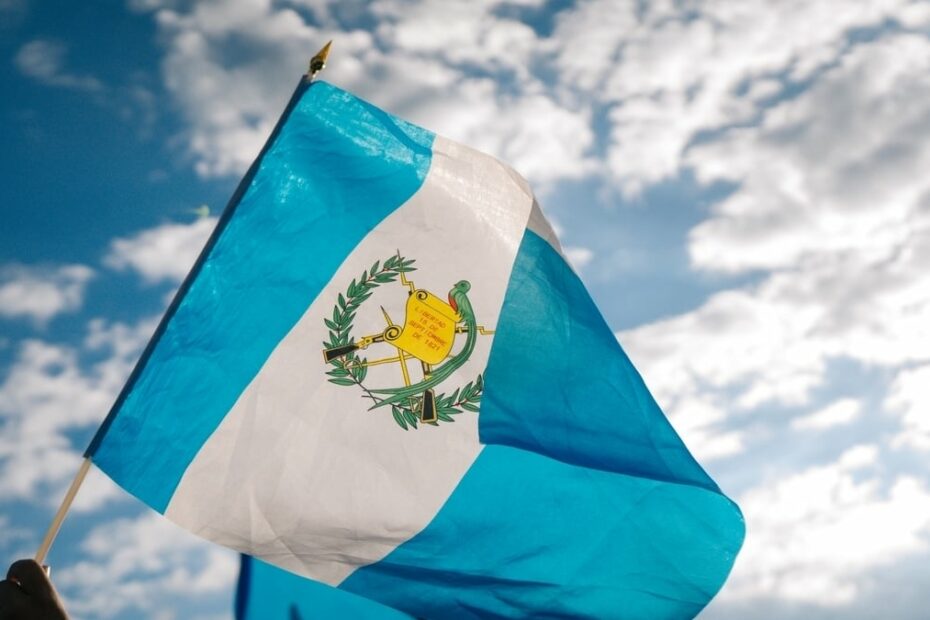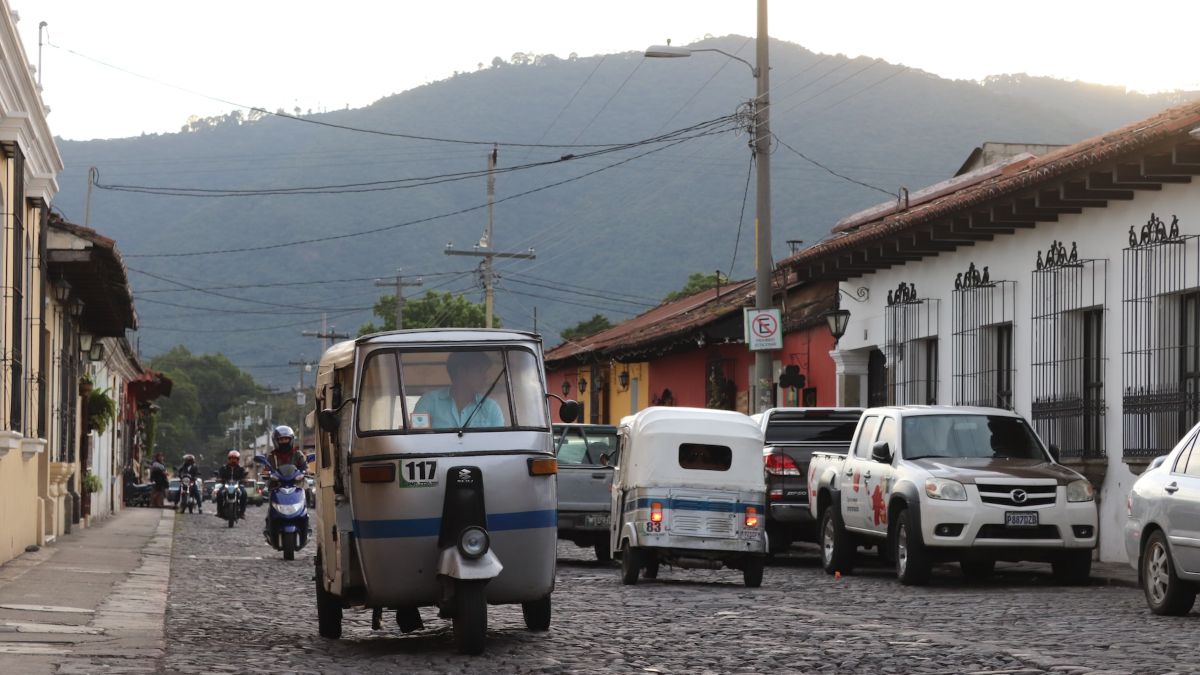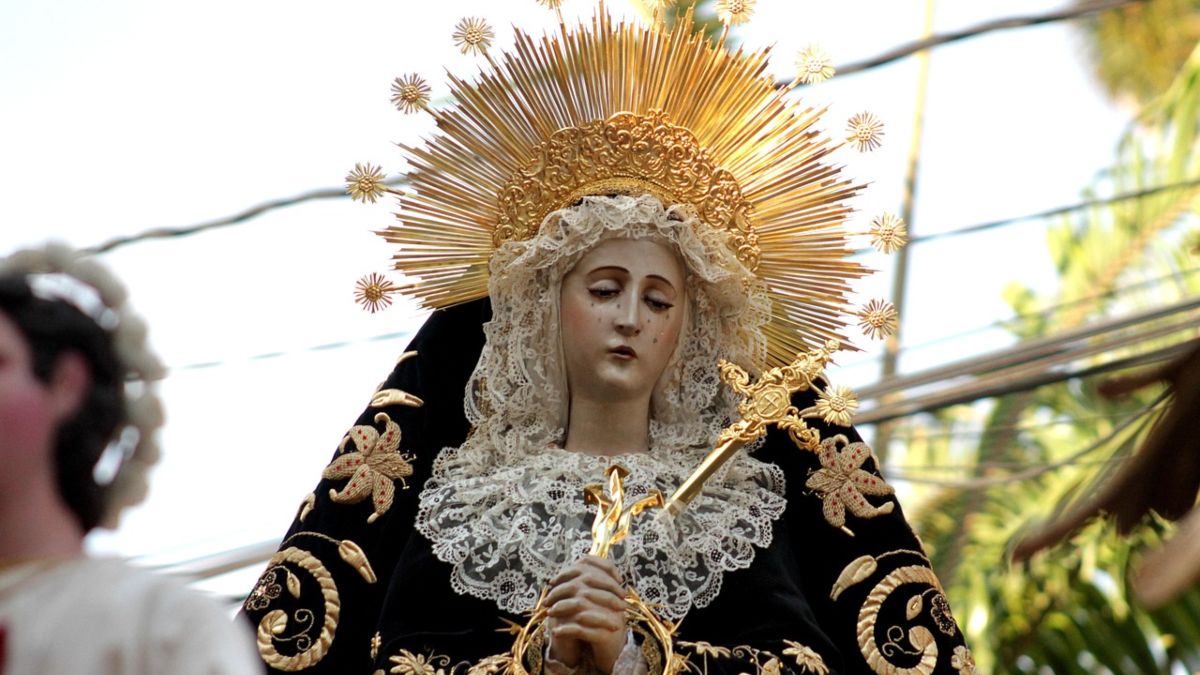Guatemala’s legislature has finally delivered its verdict on President Giammattei’s latest State of Calamity, implemented in mid-August. An emphatic rejection. Nestor Quixtan asks what’s next?
The Guatemalan National Congress’s rejection of the latest State of Calamity was officially posted on Friday, four days after the decision was made during a midnight vote. Following this rejection, more questions than answers arise.
In particular, what’s next for Guatemala?
As August draws to a close, a record number of Covid cases pile up. August has averaged over 4,000 daily cases. At its worst, Guatemala health authorities have reported close to 6,000 new patients per day. That might not seem like a lot compared to other countries, but within the Guatemalan reality, it’s alarming.
#Guatemala | With 103 votes in favor and 54 votes against, the Congress repealed the “State of Calamity” decree, which was issued by President Alejandro Giammattei on August 13 to halt the COVID-19 spread in the country. https://t.co/zX9pqfC4i1
— teleSUR English (@telesurenglish) August 24, 2021
Guatemala’s healthcare system is precarious, at best.
Authorities report 97% occupancy of beds allocated to Covid patients. Covid-related beds. Additionally, violence and traffic accidents continue to saturate emergency wards.
Outside of Covid-specific hospitals, desolate scenes of mourners flood news headlines. Inside, patients lie on the floor with nothing more than oxygen masks attached to them.
The State of Calamity promised to do very little to curtail Covid’s exponential growth. It was like a band aid on a gunshot wound, and the positive case count continues to grow, including the delta variant (although confirmed delta cases are still relatively low).
A new Guatemala State of Calamity went into effect over the weekend…#Guatemala #covidrestrictionshttps://t.co/0J7YcknrJ8
— CentralAmericaLiving (@VidaAmerica) August 17, 2021
In the wake of the National Congress’s decision to reject the State of Calamity, the government convened a panel of experts.
This panel includes chairs of medical faculties, former health ministers, and renowned public health experts. The idea is to determine what Guatemala should do next.
The panel presented a six-point letter outlining the most immediate recommendations for the country:
- A public information campaign aimed at reinforcing preventive measures.
- A rapid vaccination ramp-up.
- Strategic placement of testing centers prioritizing the hardest-hit areas.
- An upgrade of basic health infrastructure.
- Increase in public health personnel (doctors, nurses, and administrative staff).
- Implementation of measures aimed at reducing transmission.
This letter outlines prudent measures that offer a direct contrast to the government’s lockdown and curfew solution. And it’s also worth mentioning that these proposals are nothing new. They’ve been on the table since the beginning of the pandemic.
Former COVID czar and University of Colorado professor Edwin Asturias openly criticized the curfew, saying it was ineffective at meaningfully reducing transmission.
Indeed, a curfew set from 10:00 PM to 4:00 AM did very little to restrict mobility throughout the country. If anything, Guatemalans went about their daily lives as usual, and cases continued to rise.
In July, the government imposed a State of Prevention for the constitutional two-week period. This did virtually nothing to stop the spread of the virus. Cases continued climbing until reaching critical mass in August, which prompted the now-rejected new State of Calamity.
Now, Guatemalan health officials project roughly two million cases by the end of October 2021.
Moreover, authorities conservatively estimate 50,000 deaths by the end of September. These estimates do not take under-reporting into account. According to various news outlets, under-reporting may account for double the number of cases and deaths.
An overview of the new Guatemala Covid restrictions that went into effect this week, under the guise of a “State of Prevention”. https://t.co/oo8iU0b63w
— CentralAmericaLiving (@VidaAmerica) July 16, 2021
Social sectors throughout the country have been calling for President Giammattei’s resignation.
This is not the time, though, for partisan debate on a leader’s competence. The time calls for a mature discussion on how to handle the worst pandemic in over a century.
Despite long lines at vaccination centers, Guatemala has the second-lowest vaccination rates in Latin America.
Moreover, the Guatemalan government does not seem to have an answer to vaccine supply. The 4.5 million doses donated by the United States are fast running out. Additionally, the failed Sputnik contract only further compounds the matter.
Coincidentally, the surge in cases has occurred during the most intense vaccination period. Could this be a sign that efforts have been too little, too late?
Only time will tell.
But time isn’t a luxury the Guatemalan people can afford at this point.
The economy continues to stall. Tourism ground to a halt as a result of the failed State of Calamity, with domestic tourism plummeting following the lockdown orders.
It seems Guatemala is in a catch-22. Opening up the economy seems like a pipe dream. Even the promise to open schools in August now seems like an unobtainable goal.
One thing is certain, though. The Guatemalan people’s remarkable resiliency has been on full display. As Central America’s Bicentennial celebrations approach, the pandemic will become another chapter in a history wrought with strife.
Yes, Central America has been through much worse. From the Spanish Inquisition to military dictatorships, civil war, crime, and poverty. This time around, the enemy is much smaller.
Nestor Quixtan is a Canadian/Guatemalan economist, linguist, and writer. He lives in Guatemala City.




